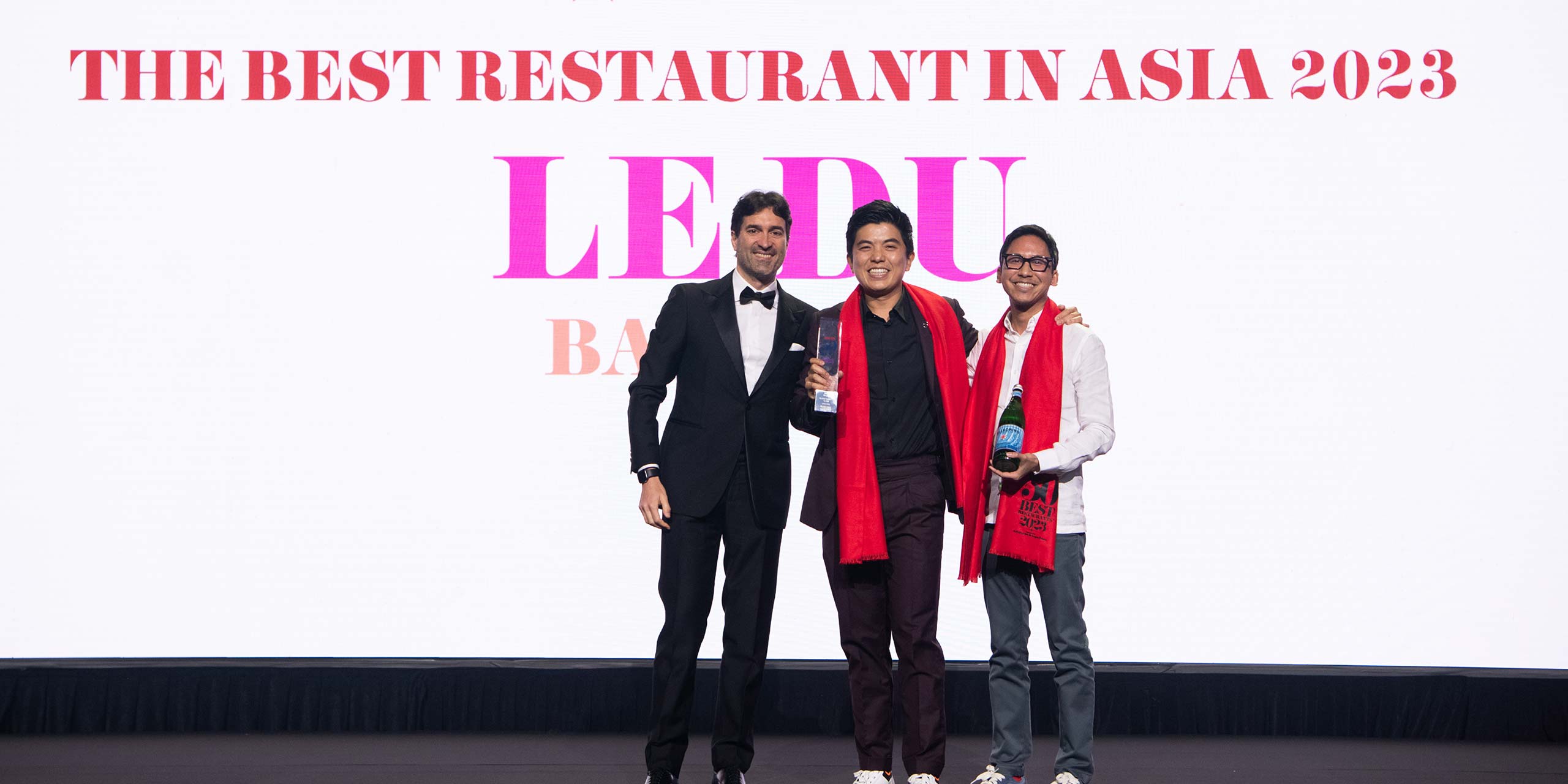
Creativity allied with consistency is a formidable formula for a fine dining venue. And the simple combination bore fruit for Le Du, a near veteran on Bangkok’s culinary scene, when it secured the coveted No.1 spot at Asia’s 50 Best Restaurants last week.
The grand unveiling of the list took place in Singapore. And the first full-scale gathering of the region’s gastronomic community since 2019 was a suitably celebratory affair with Bangkok and Singapore the big-winners with a total of nine entries each.
A fixture on the list since 2017, Le Du is long established as one of Asia’s must-visit dining ventures. It strikes a resounding blow for what owner/head chef Thitid “Ton” Tassanakajohn calls “progressive Thai cuisine” by combining modern techniques with bold Asian flavours.
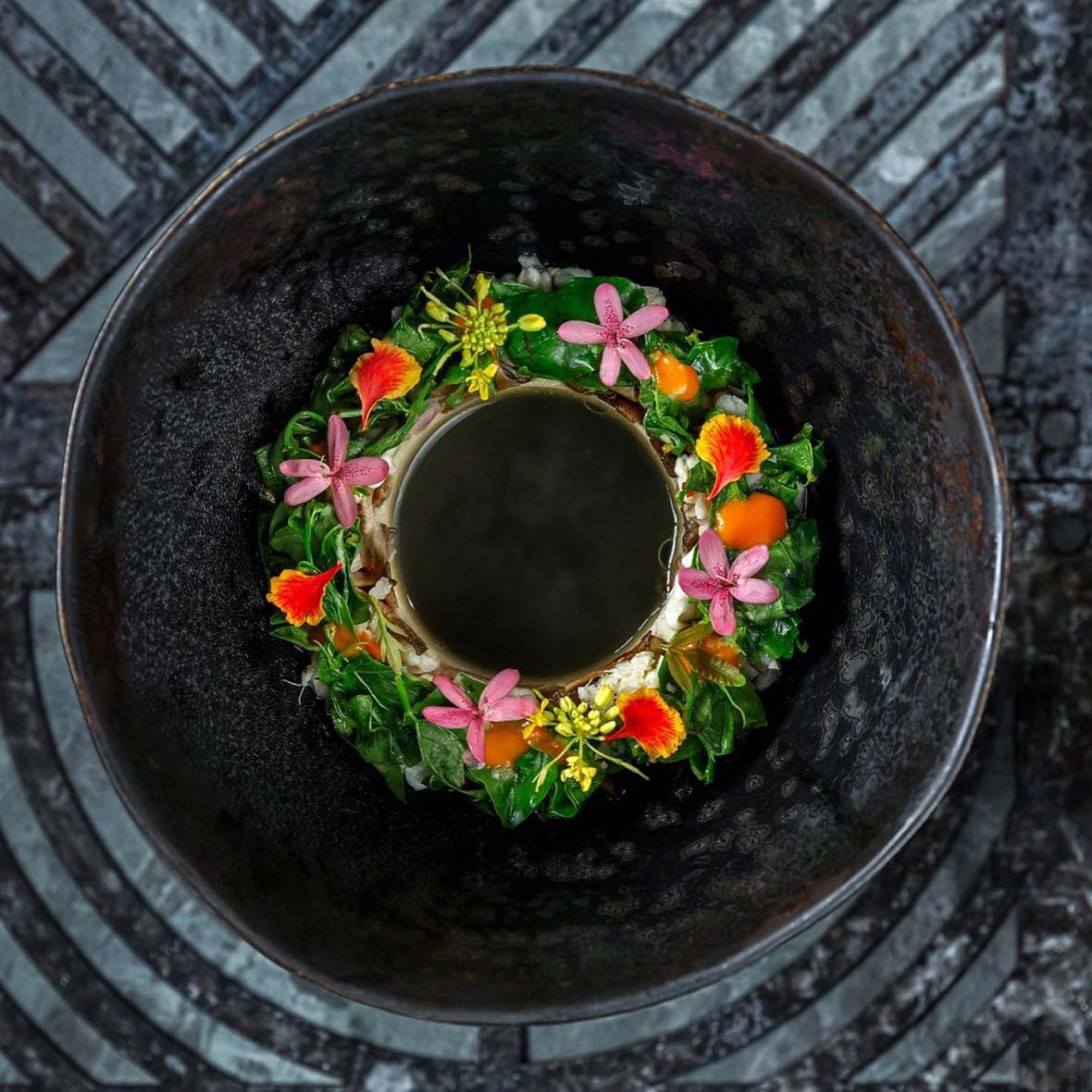
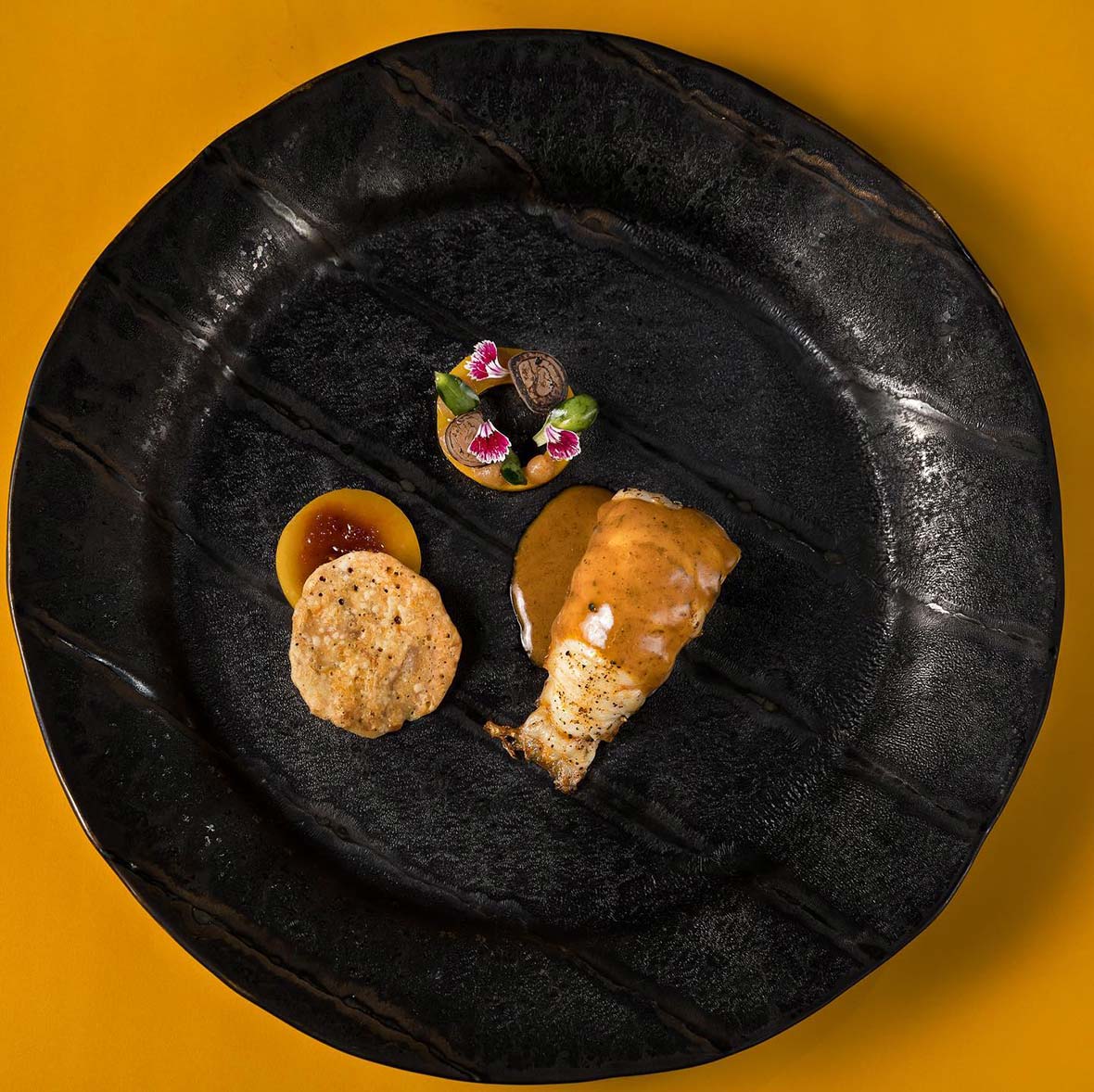
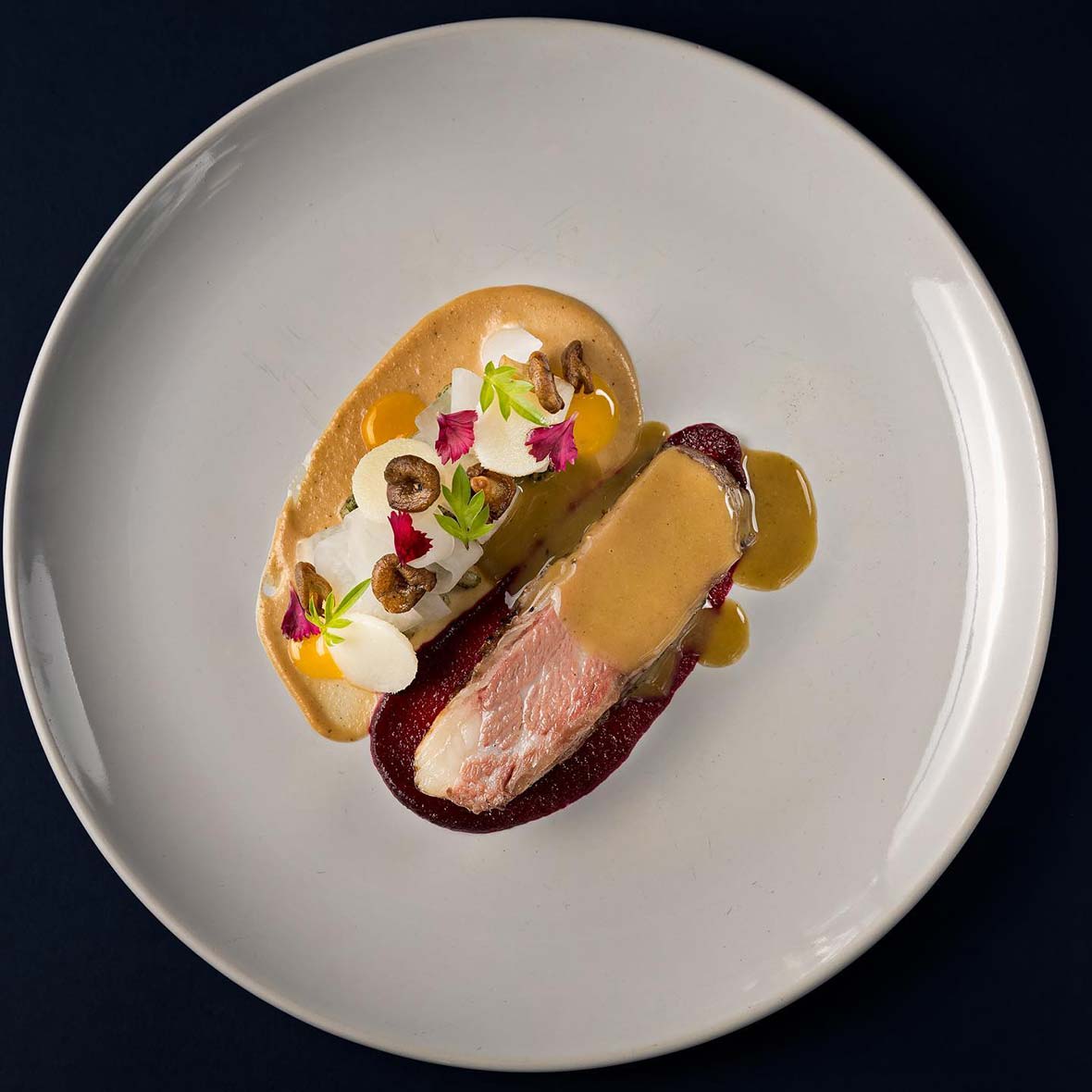
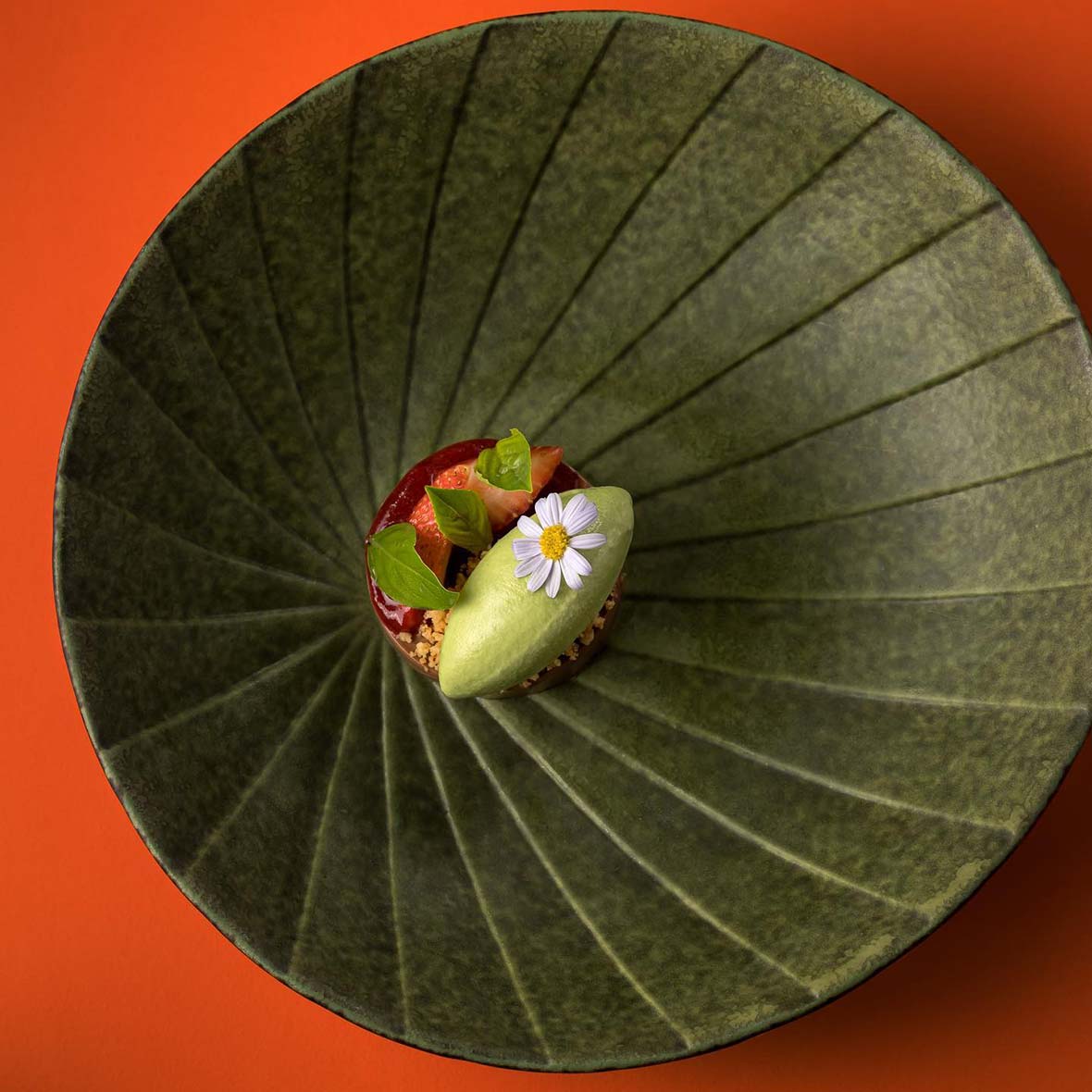
Although the chef insists the restaurant is Thai, the intuitive approach to flavour combinations in creations like beef with pickled and raw Chinese cabbage and octopus with crab mayo and chorizo make the venue difficult to categorise.
Its menus champion the use of seasonal and local ingredients and the steadfast belief in the superiority of Thai produce.
Bangkok is represented by a total of nine restaurants on the list, among which Nusara, also helmed by Le Du’s Chef Ton, places No.3. Gaggan Anand re-enters the rankings at No.5, along with restaurants Sorn (No.9), Sühring (No.22) and Raan Jay Fai (No.38).
Potong and Baan Tepa, both led by female chefs, debut at No.35 and No.46 respectively. Other new entrants are Gaggan Anand’s Mexican-Indian eatery Ms. Maria & Mr. Singh at No.33.
We salute all the restaurants who have made it onto the list, reflecting the brilliance and diversity of the dining scene across Asia.
William Drew, Director of Content for Asia’s 50 Best Restaurants
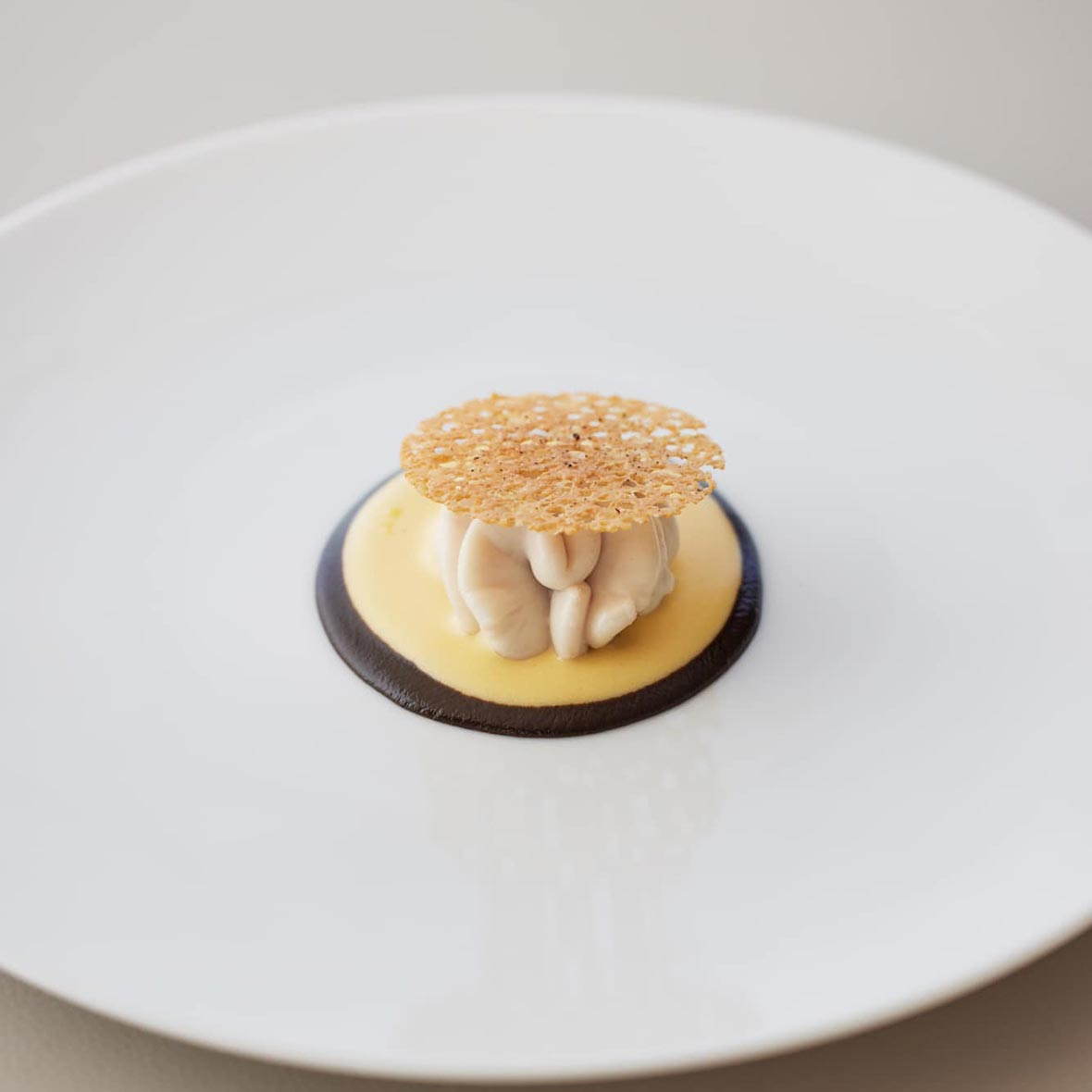
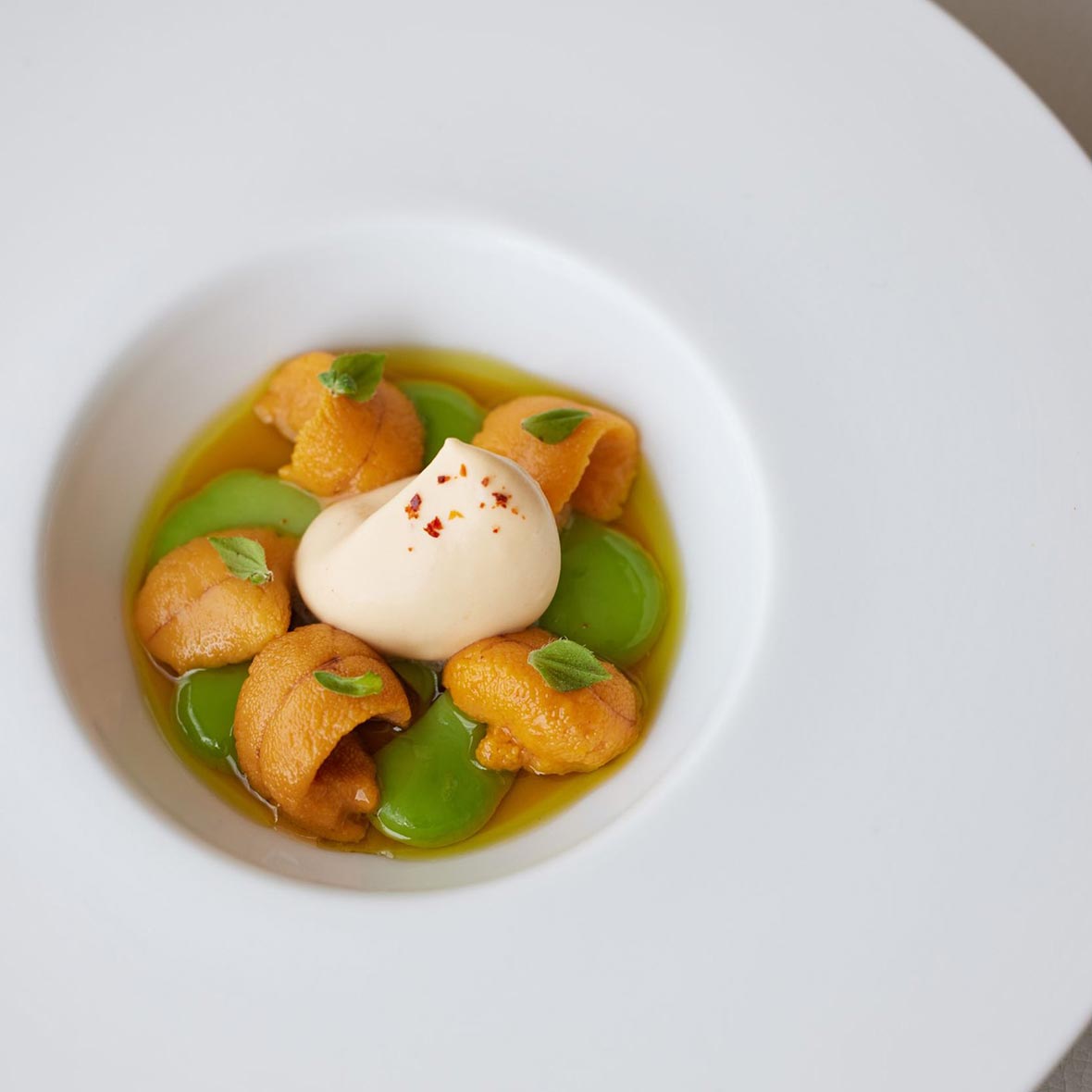
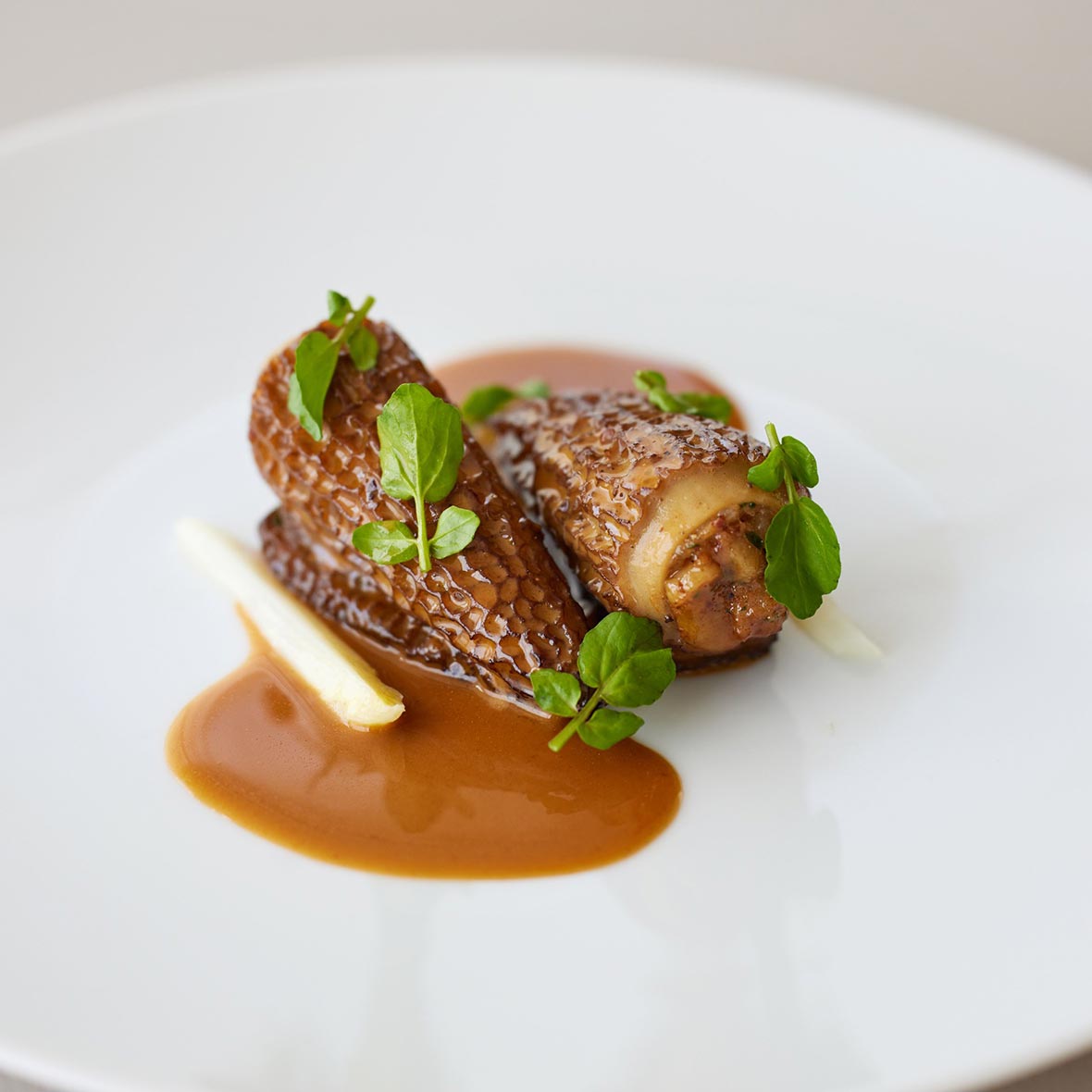
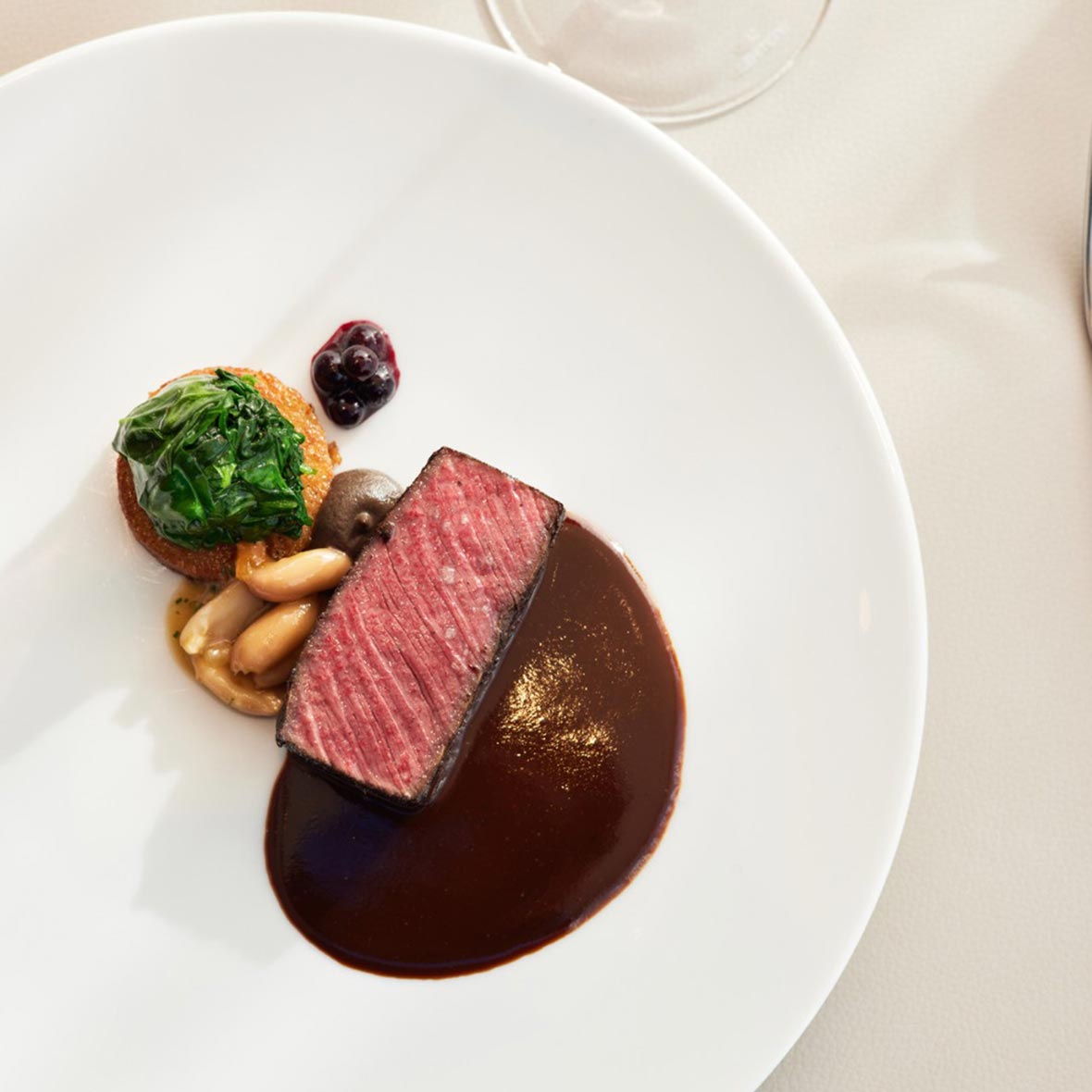
Singapore’s restaurants also hold nine coveted spots, with Odette leading the charge at No.6. A timeless fine-dining destination helmed by chef Julien Royer, the restaurant has been a regular feature in the top ten rankings since 2017. Marking a double win for the restaurant is pastry chef Louisa Lim, who brings home the Asia’s Best Pastry Chef Award, sponsored by Valrhona. Her imaginative confections, which exude a delicate harmony of flavors, are a significant draw to the Odette experience.
Rising an impressive 29 spots, LG Han’s ‘new Singaporean’ dining destination Labyrinth (No.11) wins the Highest Climber Award. Meta places at No.17 on the list, and taking up four straight spots, are Burnt Ends (No.24), Euphoria (No.25), Cloudstreet (No.26) and Les Amis (No.27). Meanwhile Zén (No.21), with its beautifully executed immersive neo-Nordic culinary experience, takes home the Gin Mare Art of Hospitality Award, and new entry, Born, makes its mark at No.36.
Tokyo is represented by seven spots on the list. Sézanne, at No.2, climbs up an impressive 15 places. Den, which was named The Best Restaurant in Asia last year, places No.4 in the ranking. At No.7 is Florilège, whose chef-owner Hiroyasu Kawate also wins the peer-voted Inedit Damm Chefs’ Choice Award. Narisawa (No.10) celebrates being on the Asia’s 50 Best Restaurants list for 11 consecutive editions since it debuted at No.1 back in 2013, and Sazenka follows at No.12. Ode sits at No.20 and L’Effervescence, whose executive chef Shinobu Namae was awarded the Icon Award, sits at No.44.
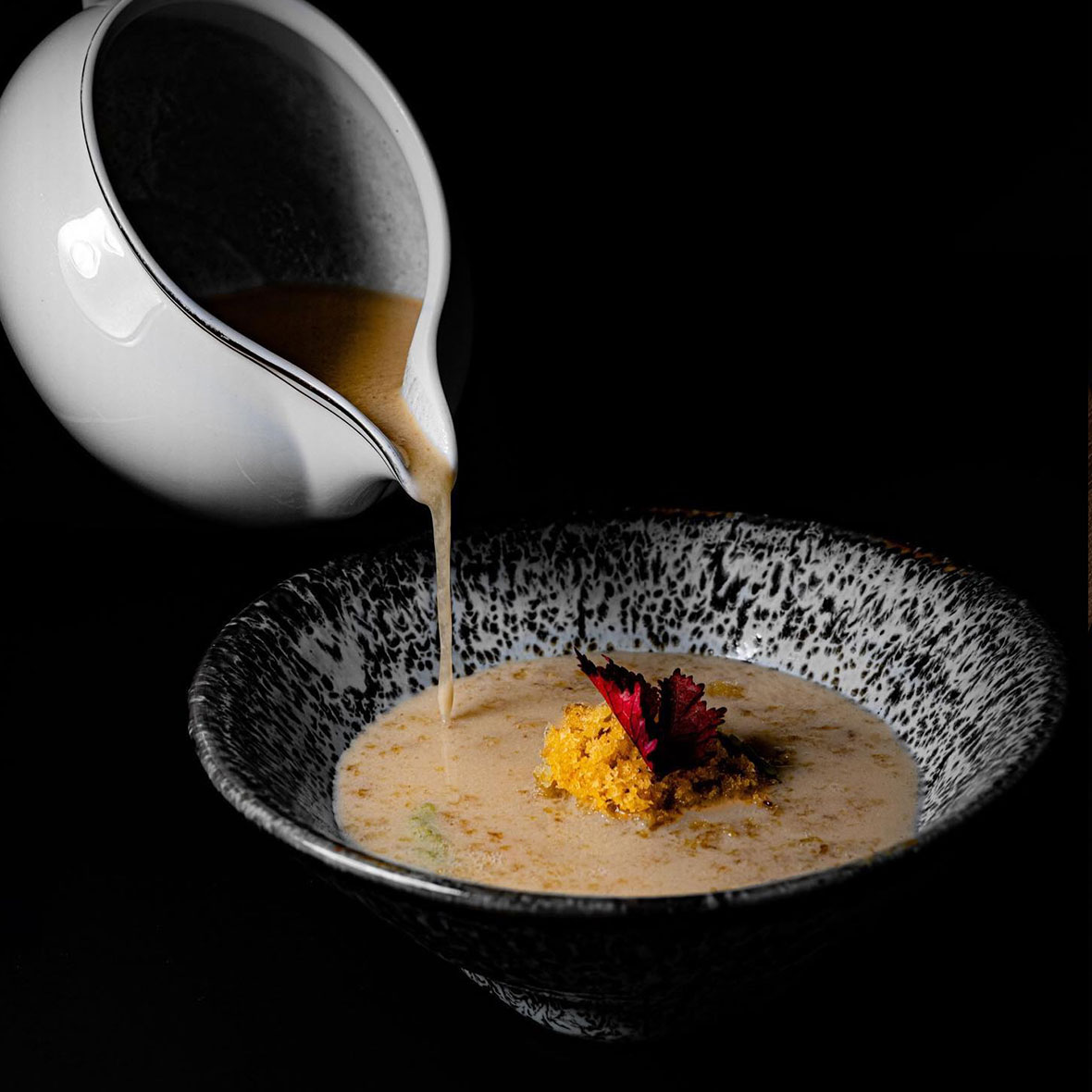
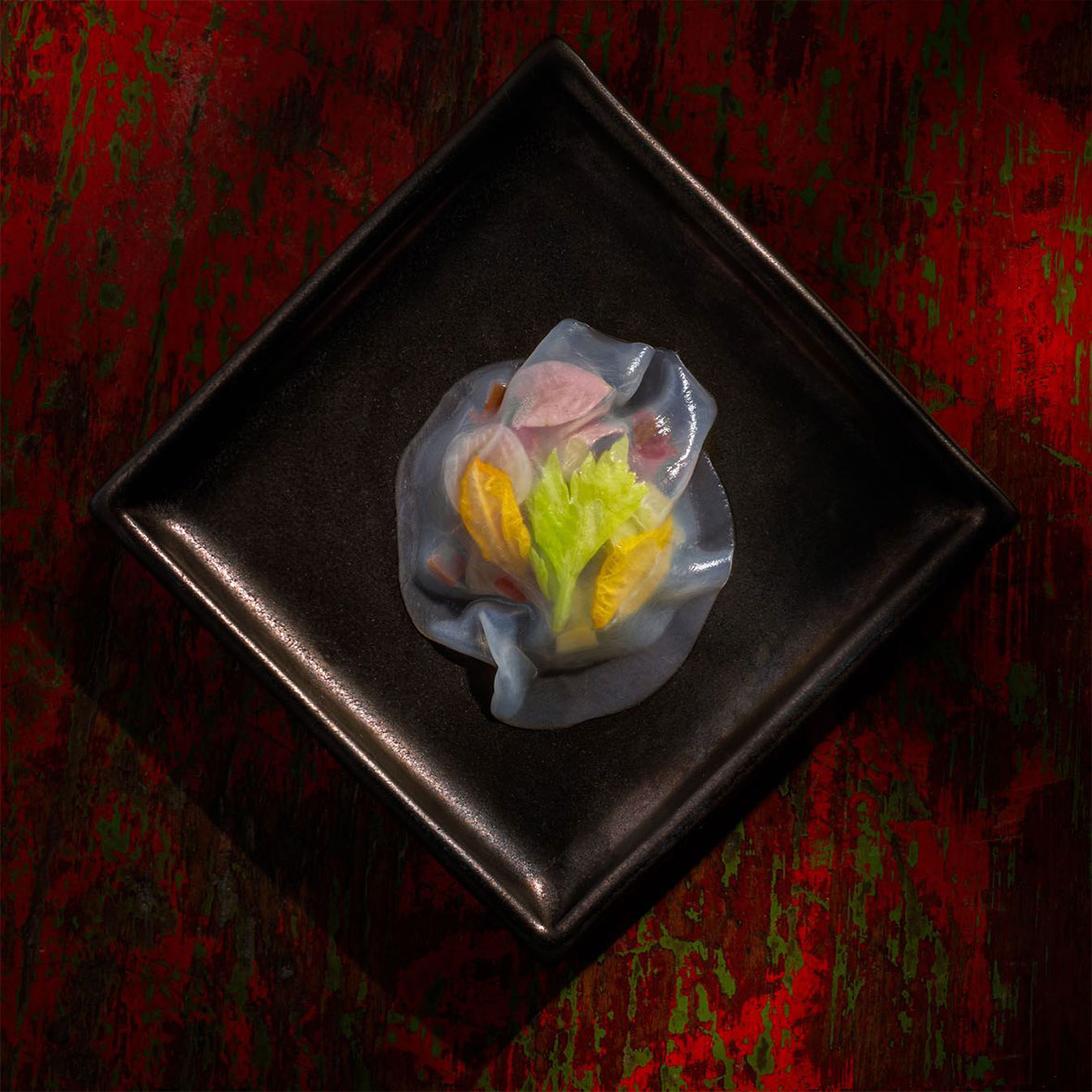
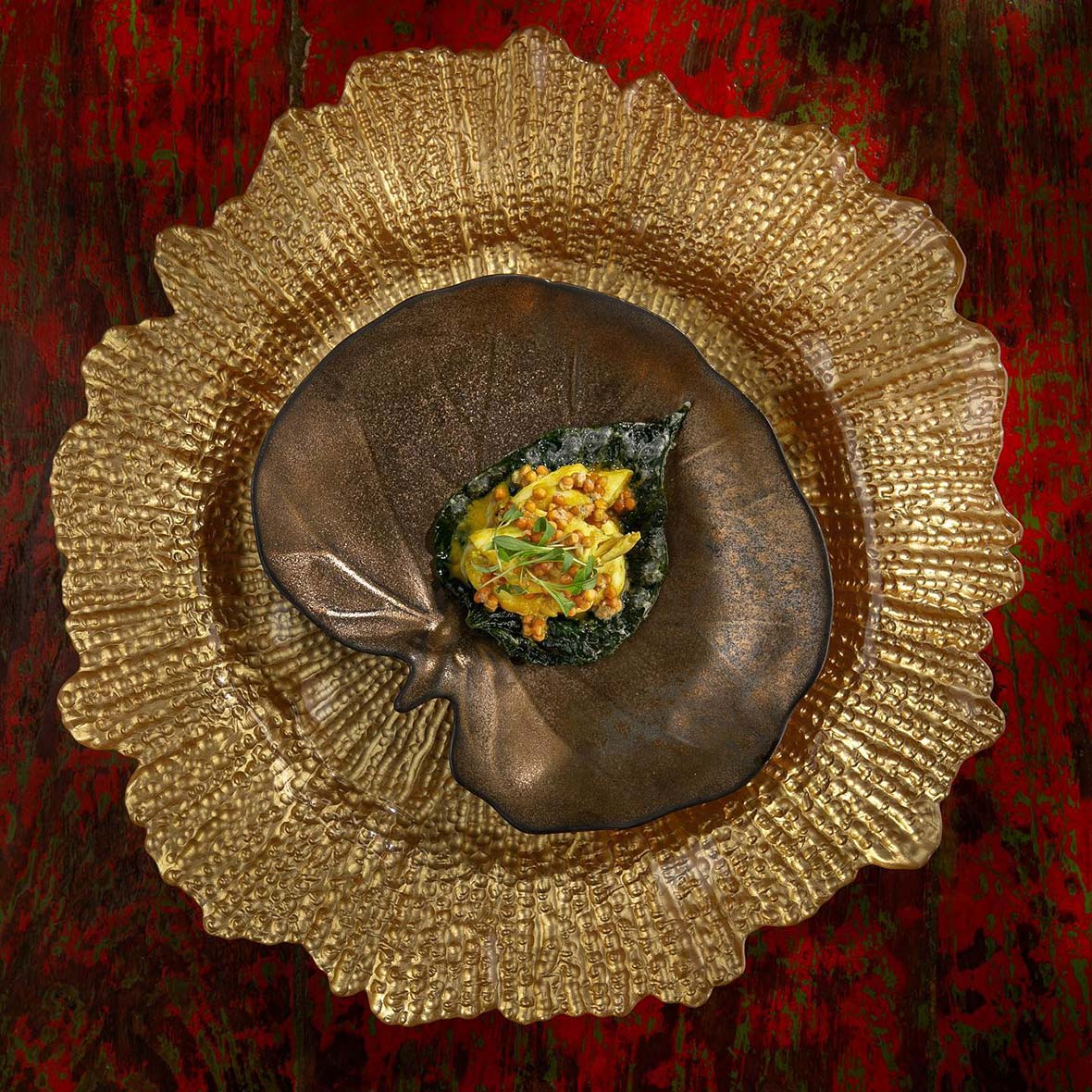
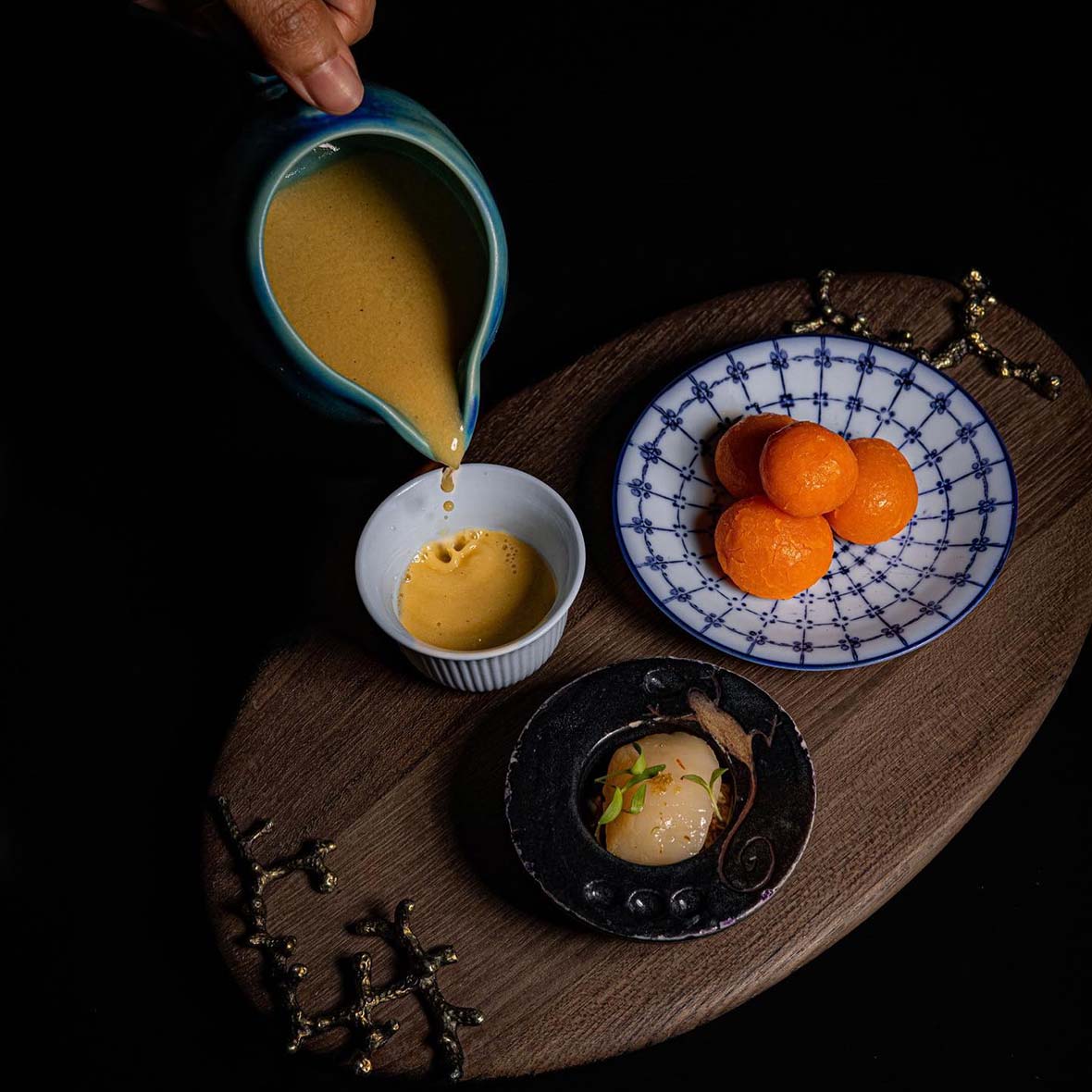
The Chairman (No.13) leads the five restaurants from Hong Kong, with Neighbourhood (No.29), Wing (No.37), Mono (No.41) and Caprice (No.49) all returning favourites on the list. Seoul has four spots on the list amongst which Chef Sung Ahn’s Mosu, with its innovative contemporary cuisine, leads by climbing up twelve spots to No.15, and Onjiumascends seven spots to No.23. They are followed by Mingles (No.28) and Born & Bred (No.47).
Shanghai and Macau are represented by two spots each. In the former, haute vegetarian restaurant Fu He Hui is at No.18 and Da Vittorio is at No.34. Macau’s opulent Wing Lei Palace climbs up seven places to No.39, and Sichuan Moon re-enters the rankings at No.43. Nordic dining destination Refer breaks into the list at No.50 and is Beijing’s sole representation at the awards.
Shenzhen is represented by Ensue (No.31), with its dynamic young female sommelier Della Tang also crowned the Beronia Asia’s Best Sommelier 2023.
Debuting on the list at No.30, Avartana in Chennai claims the Highest New Entry Award. Mumbai and Delhi both have a restaurant each: Masque at No.16 and Indian Accent at No.19 respectively.
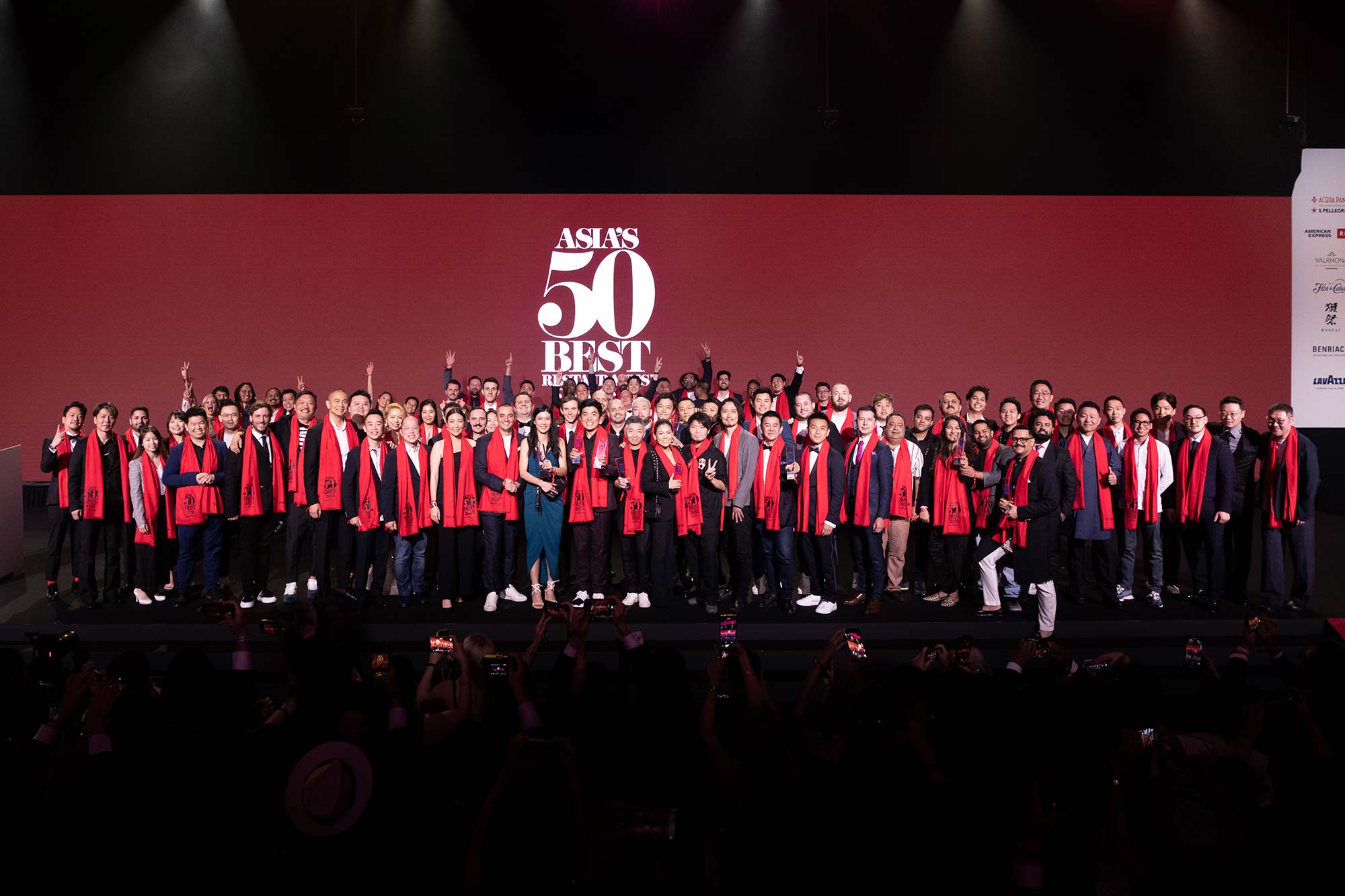
Manila’s Toyo Eatery re-enters the ranking at No.42 and also wins the Flor de Caña Sustainable Restaurant Award. Chef and owner Jordy Navarra is an advocate for conservation and preservation and believes that there is no linear way or cookie cutter approach to sustainability.
Preferring to work with small-scale producers, he maintains that respecting traditions, cultures and terroirs are all a part of the sustainability loop. Metiz, with a menu that spotlights the terroir of the Philippines, joins the list for the first time at No.48.
Osaka’s La Cime is at No.8, Villa Aidafrom Wakayama retains its position at No.14 and Kyoto’s Cenci moves up 11 places to No.32. Anan Saigon is Ho Chi Minh’s solo entry at No.40, while Taipei’s Mume re-enters the list at No.45.
William Drew, Director of Content for Asia’s 50 Best Restaurants, says: “We salute all the restaurants who have made it onto the list, reflecting the brilliance and diversity of the dining scene across Asia. We also offer our heartiest congratulations to Le Du: Chef Ton and the team’s ability to combine their passion for Thailand’s culinary heritage, respect for homegrown ingredients and flair for modern cooking techniques is what makes the restaurant a true winner.”
